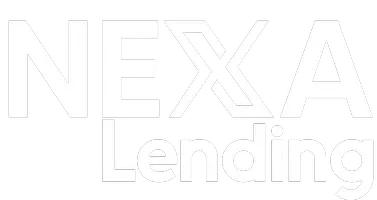Home Equity Loans & HELOC
Understanding Home Equity
In real estate, your home’s equity is the difference between what your property is worth and what you still owe on your mortgage. Think of it as the portion of your home that you truly own. For example, if your home is valued at $250,000 and you’ve paid down $50,000 of the loan, your equity is $50,000.
Home Equity Loan
A home equity loan allows you to borrow against the value you’ve built in your home, with the funds paid out in a lump sum. In many cases, it replaces the original mortgage through a refinance, giving you access to cash for expenses such as home improvements, education, debt consolidation, or even major purchases. Repayment is made in fixed monthly installments over a set term, with a predictable fixed APR.
A home equity loan is essentially a large line of credit secured by your home. Compared to personal loans, it offers several advantages:
➡️ The ability to borrow larger amounts than most personal loans.
➡️ Potentially tax-deductible interest payments, similar to your primary mortgage.
➡️ Lower interest rates, since the loan is backed by your property.
➡️ Longer repayment terms, giving you more flexibility to manage payments.
Home Equity Line of Credit (HELOC)
A HELOC also allows you to borrow against your home’s equity, but unlike a home equity loan, it is not a lump-sum payout. Instead, it functions like a revolving line of credit, giving you ongoing access to funds when you need them.
This flexibility makes HELOCs ideal for expenses that occur over time—such as tuition payments, ongoing renovations, or large projects with staggered costs. Another key advantage is that you only pay interest on the amount you actually use. For example, if you’re approved for a $25,000 line of credit but only use $12,000, interest is charged only on the $12,000 balance—not the full amount.
